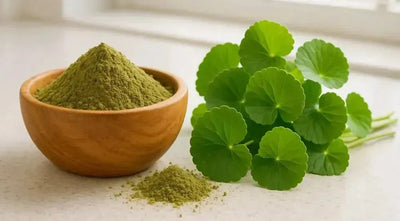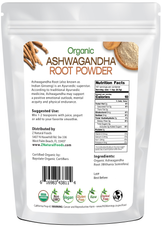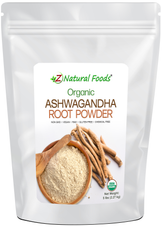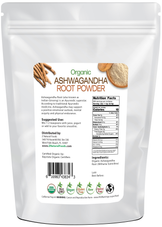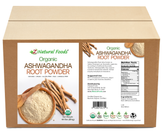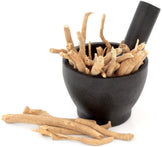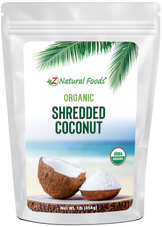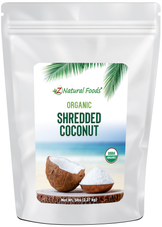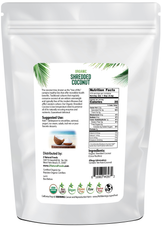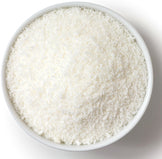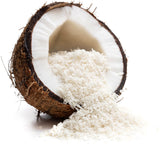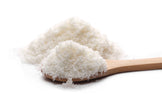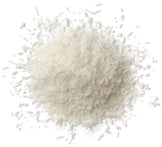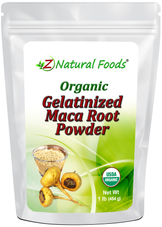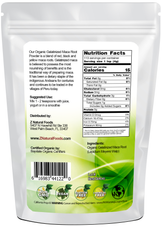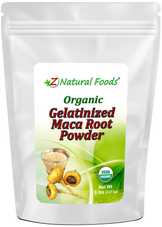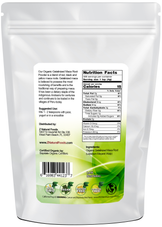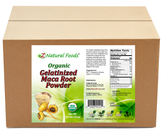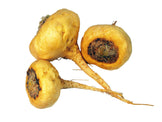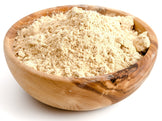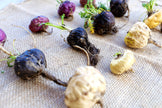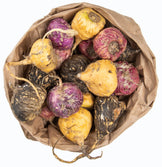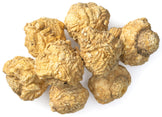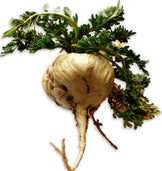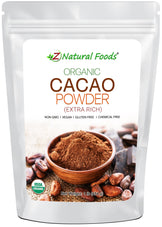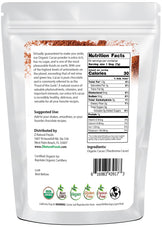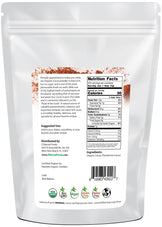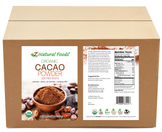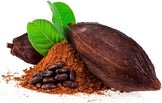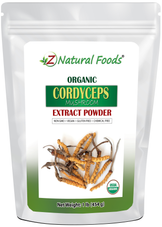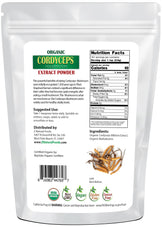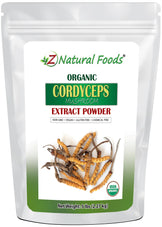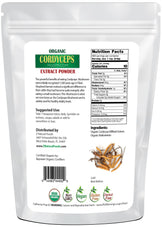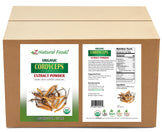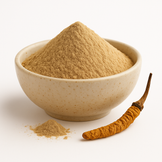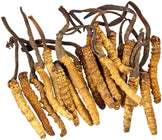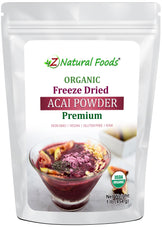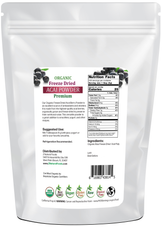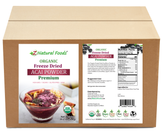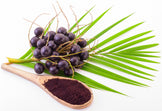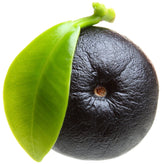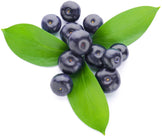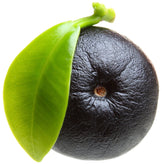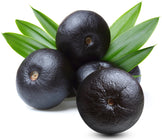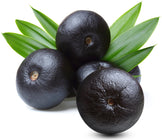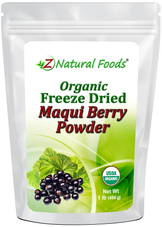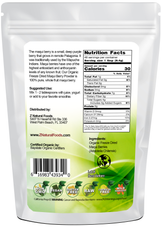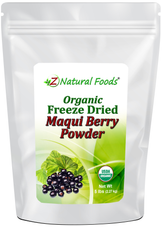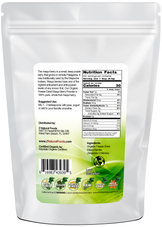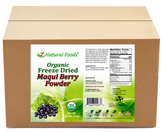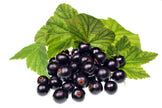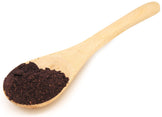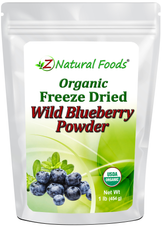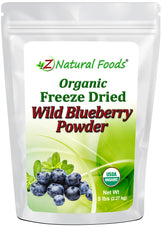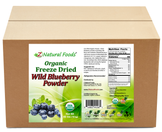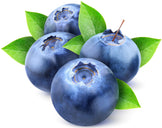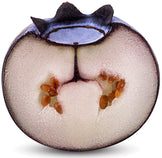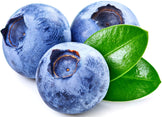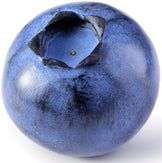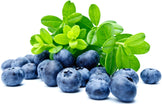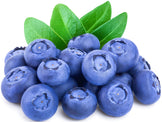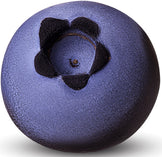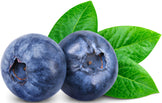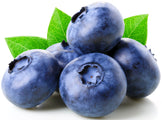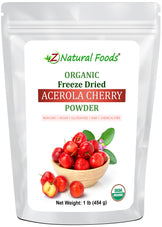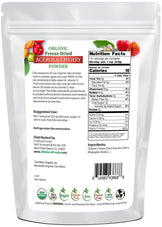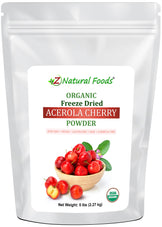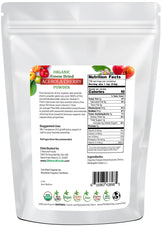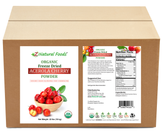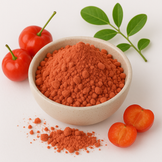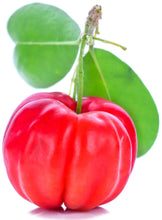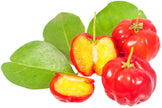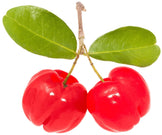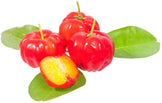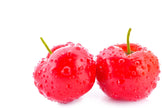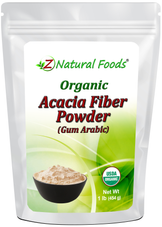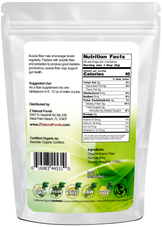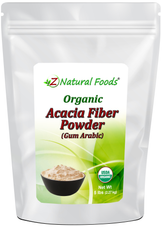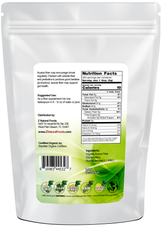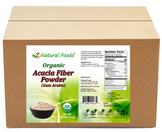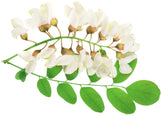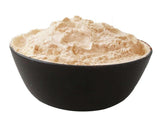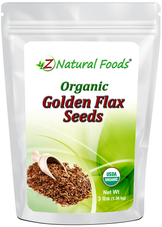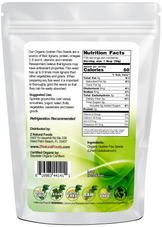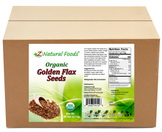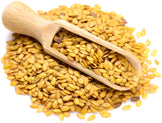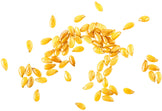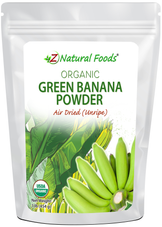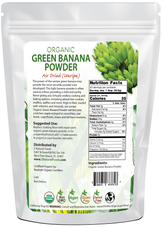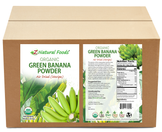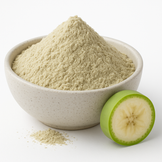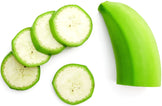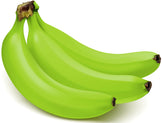Description
Description
A Master Herbalist’s Perspective on Nutraceuticals
- And helping you to find the right superfoods for you
If you have read any of my previous articles you know one thing for sure; I am a big believer in the idea that the whole is greater than the sum of its parts.
As a Master Herbalist and someone who has worked in the nutraceutical industry for a long time, there are times when I struggle between isolated nutraceuticals vs. whole herbs and superfoods.
In the end, I always go back to my core values: herbs and superfoods.
Nutraceuticals are fractions of the whole superfood.
They are isolated parts of what you find in superfoods. There is no denying, that nutraceuticals have their place and work very well in specific situations. The real question is whether using nutraceuticals over the long term is the solution or
Do whole nourishing foods (which include herbs and superfoods) win the race?
While I believe the first line of defense should whole foods, I have often found that with everything in life there is a middle ground and this is more often than not where the answer is found.
Using My Nutrition Protocol as an Example
As the main topic for this article, I wanted to show you how I bring balance to a nutraceutical brain protocol, based on my brain scan results (July 2017) from the Amen clinic in New York City.
The protocol below is based on clinical studies for their effectiveness at nourishing the brain.
My Amen Clinic Brain Nutraceutical Protocol:
- Fish oil - 3 grams, 2 times daily (1)
- Pharma Gaba - 300 , 3 times daily (2)
- Sun theanine - 300 , 3 times daily (3)
- Neuromag - 2 caps 3 times daily (4)
Brain and Body Boost - 2 caps 2 times daily (Ingredients and total /mcg per 4 capsules are listed below)
- Acetyl l-carnitine - 666 (5)
- Ginkgo biloba - 80 , (6)
- Vinpocetine- 10 (7)
- Huperzine A 100 mcg (8), (9)
- Phosphatidylserine 100 (10),(11),(12),(13),(14)
Focus and Energy is their adaptogen formula which includes the herbs below. I like to use my adaptogens individually so I can get the specific amounts and effects I am looking for. Here is my personal program of the adaptogens listed below:
- Rhodiola- 300 Morning & Afternoon (15) (Full spectrum standardized extract) Capsule
- Eleuthero- 1000 Morning (16) (Full spectrum standardized extract) Tincture
- Holy Basil- 500 Afternoon (17) (Combo standardized isolated and full spectrum extract) Capsule
- Ashwagandha- 1600-2400 before bed (18) (Full spectrum extract) Capsule
My functional foods and food grade herbs
My own mushroom blend
- Cordyceps 3000 (21) (Extract powder)
- Lion’s mane 1000 (22) (Extract powder)
My own berry blend- (All ingredients in equal parts) 2 tablespoons daily
My own prebiotic mix 2 tablespoon daily - All ingredients in equal parts
1.) Not far off the beaten path:
Sometimes you need to look outside of the box, but you don’t need to look too far to see ways that may compliment your belief system. While nutraceuticals are not the ideal answer compared to herbs and superfoods, they are still more natural, less toxic, and a better choice over pharmaceuticals.
Nutraceuticals in some ways stand alone because they can give you the best of both worlds. They provide a targeted approach (like a pharmaceutical) and at the same time bring a level of balance in order to support the body in healing itself. I think a big reason why so many people gravitate towards nutraceuticals is principle of how they are used is in line with allopathic medicine and familiar, convenient habits.
When you look at herbs you need to see the big picture in order to understand them. If you only see things as a reductionist, you will never truly get it. Reductionists look at individual components and how they affect specific functions, or rather, aspects of function.
This point of view ignores how the whole system has come to on that particular functional aspect. By bringing the entire system into balance you will repair this particular malfunction and strengthen the entire system. Now, the body is able to properly do its job and heal itself.
This is why, if the herb is prepared as a standardized isolate, this point of view will not work. Therefore, you will need to combine the isolate with whole or full spectrum standardized preparations in order to achieve balance.
2.) Can you make the parts into the whole?
The simple answer is no. But you can do specific things in order to make the effects of what you are doing more balanced. A while back I did an article called “Gateway Herbs” which discussed the best herbs and what forms to use them in to see optimal results for beginners. I specifically discussed the idea of combining whole herbs with full spectrum standardized or isolated standardized herbs which would not only allow for faster results but would bring balance to the end results. The principles in that article can be used to explain this exact situation when trying to find balance in a nutraceutical program.
There is no reason why whole nourishing superfoods could not be added to a nutraceutical program in order to bring balance, extra nourishment and support to help with a positive outcome.
The top foods on this list would include food grade herbs and functional foods like:
Cacao, Maca, freeze-dried super berry powders (acai, maqui, blueberry, acerola), adaptogens (ashwagandha, holy basil) algae powders (chlorella, spirulina), seeds (flax, hemp, chia) and if you feel the need, restorative tonics (wild oats milky seed).
Once again, the objective is to support, balance and boost value of the program.
I am sure you must be wondering why I didn’t add any brain tonics like bacopa, kola). I didn’t feel they would have brought greater value to the table. The brain boost supplement suggested to me by the Amen clinic is to support a targeted approach for cortical atrophy and ventricular enlargement. In the end, I saw greater value in adding foods like cacao and maca with specific adaptogens to support the actions of the formula. As an herbalist, this made much more sense to me.
One specific change I made to this program was to break down their adaptogen product called Focus and and put my own together in order to get my desired and equivalent response. Their product is made up of mostly standardized isolated extract herbs like ashwagandha, green tea and ginseng. I used most of these herbs in my formula, but I chose full spectrum extracts. I eliminated the Korean Ginseng and replaced it with Eleuthero. I know from past experience that I respond much better to Eleuthero or American Ginseng versus the Korean variety. If this item didn’t contain Korean Ginseng, I probably would have used it and just added smaller amounts of the full spectrum or whole herbs to bring more balance to the formula. This doesn’t have to be hard or complex. These simple changes are giving me great results.
3.) It all begins with food:
This is a message that I will preach until my last breath on earth.
I think there is no greater lesson to be learned if your goal is achieving optimal health then using your food as medicine. If you are not nourishing your body with real whole foods, anything else you do will only produce minor results.
When I speak of real wholesome and nourishing foods, herbs and superfoods are a big part of this list.
Real wholesome nourishing food should always be the foundation for all healing programs. Remember, you should never build on top of a weak foundation.
About Michael Stuchiner
Michael Stuchiner is an experienced Master Herbalist, the Head of Education for Z Natural Foods, a teacher an accomplished author. With a 16-year specialization in medicinal herbs, Mike also has a vast knowledge tonic and adaptogenic herbalism. Mike has enjoyed a 25-year career as an elite-level competitive powerlifter where he learned to heal his ‘mind and body’ as an avid user of herbal remedies.
As an “in-the-trenches” herbalist, Mike has done more than 85 speaking engagements, consulted with clients ranging from young to elderly, worked with athletes in virtually all sports and with clients who have “dis-ease” states of a wide variety. Mike also mentors student Master Herbalists and will continue to teach the next generation to grow a deeper wisdom of the human body through appropriate herbal remedies.
For Bulk inquiries and custom formulations click here: https://www.znaturalfoods.com/pages/bulk
References
1)Krawczyk K, et al. Psychiatr Pol. 2012 Jul-Aug. “Augmentation of antidepressants with unsaturated fatty acids omega-3 in drug-resistant depression”. Pubmed.gov Accessed February 1, https://www.ncbi.nlm.nih.gov/m/pubmed/23214161/
2) Abdou AM1, Higashiguchi S, Horie K, Kim M, Hatta H, Yokogoshi H. 2006. “Relaxation and immunity enhancement effects of gamma-aminobutyric acid (GABA) administration in humans.” Pubmed.gov Accessed February 1, https://www.ncbi.nlm.nih.gov/pubmed/16971751
3)Kimura K1, Ozeki M, Juneja LR, Ohira H. 2007. “L-Theanine reduces psychological and physiological stress responses.” Pubmed.gov Accessed February 1, https://www.ncbi.nlm.nih.gov/pubmed/16930802
4)Slutsky I1, Abumaria N, Wu LJ, Huang C, Zhang L, Li B, Zhao X, Govindarajan A, Zhao MG, Zhuo M, Tonegawa S, Liu G. 2010. “Enhancement of learning and memory by elevating brain magnesium.” Pubmed.gov Accessed February 1, https://www.ncbi.nlm.nih.gov/pubmed/2015212
5)Ferreira GC1,2, McKenna MC3. 2017. “L-Carnitine and Acetyl-L-carnitine Roles and Neuroprotection in Developing Brain.” Pubmed.gov Accessed February 1, https://www.ncbi.nlm.nih.gov/pubmed/28508995
6)Ameneh Mashayekh, Dzung L. Pham, David M. Yousem, Mercedes Dizon, Peter B. Barker, and Doris D. M. Lin. 2011. “Effects of Ginkgo biloba on cerebral blood flow assessed by quantitative MR perfusion imaging: a pilot study.” Pubmed.gov Accessed February 1, https://www.ncbi.nlm.nih.gov/pmc/articles/PMC3163160/
7)Valikovics A1. 2007 “Investigation of the effect of vinpocetine on cerebral blood flow and cognitive functions”. Pubmed.gov Accessed February 1, https://www.ncbi.nlm.nih.gov/pubmed/17713111
8)Lu H1, Jiang M2, Lu L3, Zheng G1, Dong Q3. 2015. “Ultrastructural mitochondria changes in perihematomal brain and neuroprotective effects of Huperzine A after acute intracerebral hemorrhage.” Pubmed.gov Accessed February 1, https://www.ncbi.nlm.nih.gov/pubmed/26508860
9)Wang R1, Yan H, Tang XC. 2006. “Progress in studies of huperzine A, a natural cholinesterase inhibitor from Chinese herbal medicine.” Pubmed.gov Accessed February 1, https://www.ncbi.nlm.nih.gov/pubmed/16364207
10)Michael J. Glade Ph.D. a,*, Kyl Smith D.C. b. 2015 ”Phosphatidylserine and the human brain”. Pubmed.gov Accessed February 7, http://www.cogniton.be/docs/studies/PHO-Glade%20michael%202015.pdf
11)Akito Kato-Kataoka,1,* Masashi Sakai,1 Rika Ebina,1 Chiaki Nonaka,2 Tsuguyoshi Asano,3 and Takashi Miyamori4. 2010. “Soybean-Derived Phosphatidylserine Improves Memory Function of the Elderly Japanese Subjects with Memory Complaints”. Pubmed.gov Accessed February 7, 2018. https://www.ncbi.nlm.nih.gov/pmc/articles/PMC2966935/
12)Hellhammer J1, Fries E, Buss C, Engert V, Tuch A, Rutenberg D, Hellhammer D. 2004. “Effects of soy lecithin phosphatidic acid and phosphatidylserine complex (PAS) on the endocrine and psychological responses to mental stress.” Pubmed.gov Accessed February 7, 2018. https://www.ncbi.nlm.nih.gov/pubmed/15512856
13)Monteleone P1, Beinat L, Tanzillo C, Maj M, Kemali D. 1990. “Effects of phosphatidylserine on the neuroendocrine response to physical stress in humans.” Pubmed.gov Accessed February 7, https://www.ncbi.nlm.nih.gov/pubmed/2170852
14)Shiao YJ1, Lupo G, Vance JE. 1995. “Evidence that phosphatidylserine is imported into mitochondria via a mitochondria-associated membrane and that the majority of mitochondrial phosphatidylethanolamine is derived from decarboxylation of phosphatidylserine.” Pubmed.gov Accessed February 7, https://www.ncbi.nlm.nih.gov/pubmed/7744750
15)Olsson EM1, von Schéele B, Panossian AG. 2009. “A , double-blind, placebo-controlled, parallel-group study of the extract -5 of the roots of Rhodiola in the treatment of subjects with stress-related fatigue.” Pubmed.gov Accessed February 1, 2018. https://www.ncbi.nlm.nih.gov/pubmed/19016404
16)Wiegant FA1, Surinova S, Ytsma E, Langelaar-Makkinje M, Wikman G, Post JA. 2009. “Plant adaptogens increase lifespan and stress resistance in C. ”. Pubmed.gov Accessed Feb 1, https://www.ncbi.nlm.nih.gov/pubmed/18536978
17) Marc Maurice Cohen. 2014. “Tulsi - Ocimum sanctum: A herb for all reasons” Pubmed.gov Accessed Feb 1, https://www.ncbi.nlm.nih.gov/pmc/articles/PMC4296439/
18)Gautam A1, Wadhwa R2, Thakur MK3. 2016 “Assessment of Cholinergic Properties of Ashwagandha Leaf-Extract in the Amnesic Mouse Brain.” Pubmed.gov Accessed Feb 1, https://www.ncbi.nlm.nih.gov/pubmed/27647956
19)Pino-Figueroa A1, Nguyen D, Maher TJ. 2010 “Neuroprotective effects of Lepidium (Maca).” Pubmed.gov Accessed Fed 1, 2018 https://www.ncbi.nlm.nih.gov/pubmed/20633111
20)Lamport DJ1, Pal D, Moutsiana C, Field DT, Williams CM, Spencer JP, Butler LT. 2015 “The effect of flavanol-rich cocoa on cerebral perfusion in healthy older adults during conscious resting state: a , crossover, acute trial.” Pubmed.gov Accessed Feb 1, 2018. https://www.ncbi.nlm.nih.gov/pubmed/26047963
21)Lee SH1, Ko IG2, Kim SE2, Hwang L2, Jin JJ2, Choi HH3, Kim CJ2. 2016. “Aqueous extract of Cordyceps alleviates cerebral ischemia-induced short-term memory impairment in gerbils”. Pubmed.gov Accessed Feb 1, https://www.ncbi.nlm.nih.gov/pubmed/27162767
22)Samberkar S1, Gandhi S2, Naidu M1, Wong KH1, Raman J2, Sabaratnam V2. 2015 “Lion's Mane, Hericium Tiger Milk, Lignosus (Higher Basidiomycetes) Medicinal Mushrooms Stimulate Neurite Outgrowth in Dissociated Cells of Brain, Spinal Cord, and Retina: An In Vitro Study”. Pubmed.gov Accessed Feb 1, https://www.ncbi.nlm.nih.gov/pubmed/26853959
